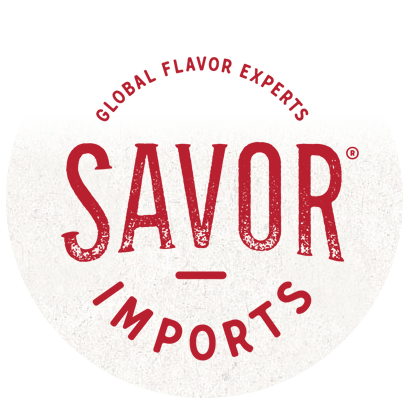October 2023
Logistics Update
Overall vessel capacity continues to trend higher than demand, keeping rates from long-lasting or significant increases. As such, the steamship lines will continue voiding sailings and slow steaming. This allows them to allocate more vessel/capacity per service and save on fuel costs. The ocean freight market will remain stable until through 2023 and into late 2024, as demand continues to outstrip supply. We expect rates to increase globally by about 5% by the end of 2024, however the chances of significantly high freight rates are low in 2024.
Europe
Expect rate levels to flatten with some slight decreases possible over the next several weeks. There are no rate increases anticipated, no issues with capacity, and carriers’ schedule reliability is improving month over month.
Asia
As demand starts to normalize, freight rates are predicted to fall through the rest of the year. Rates to the U.S. East Coast (USEC) and Pacific Northwest (PNW) have started to slip due to excess supply on these two routes.
Latin America
The Panama Canal expects to maintain restrictions on daily vessel transit and maximum draft for at least 10 more months. The extension of this restriction would give the canal room for preserving water before the next rainy season arrives, but it could also create a larger bottleneck of vessels. Importantly, container vessels have appointments for transiting the canal and these appointments take priority over other vessels, so don’t anticipate a major impact on ocean exports at this point.
